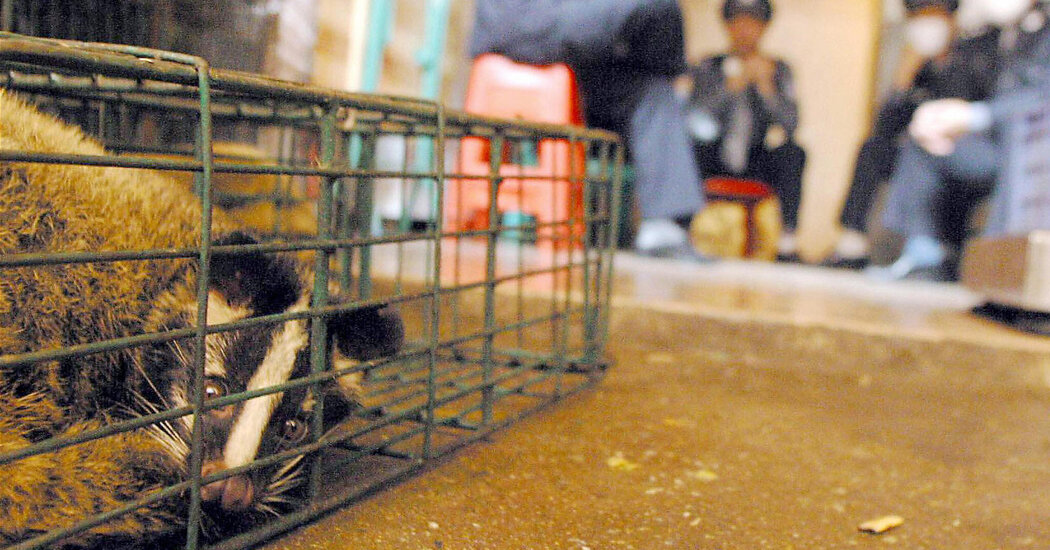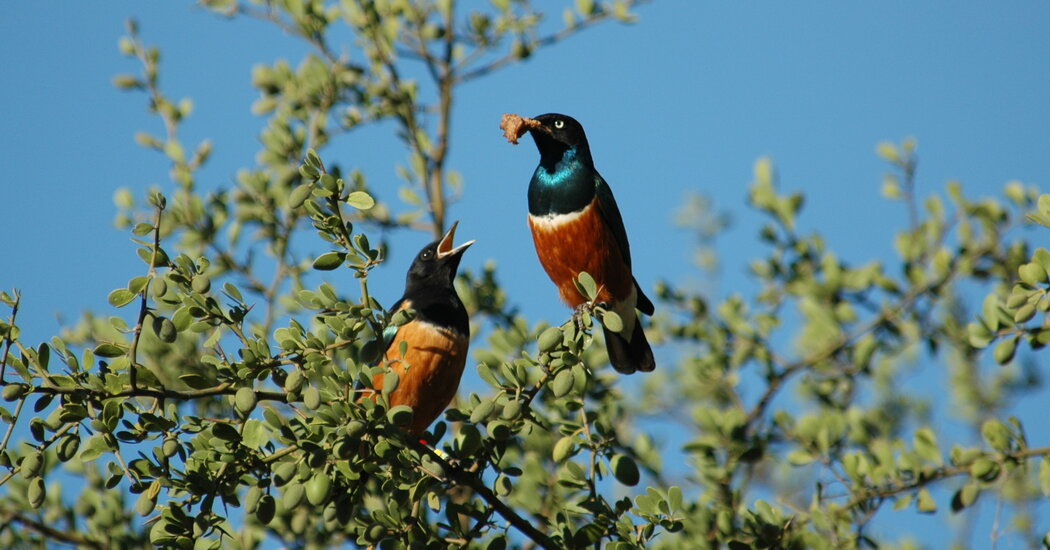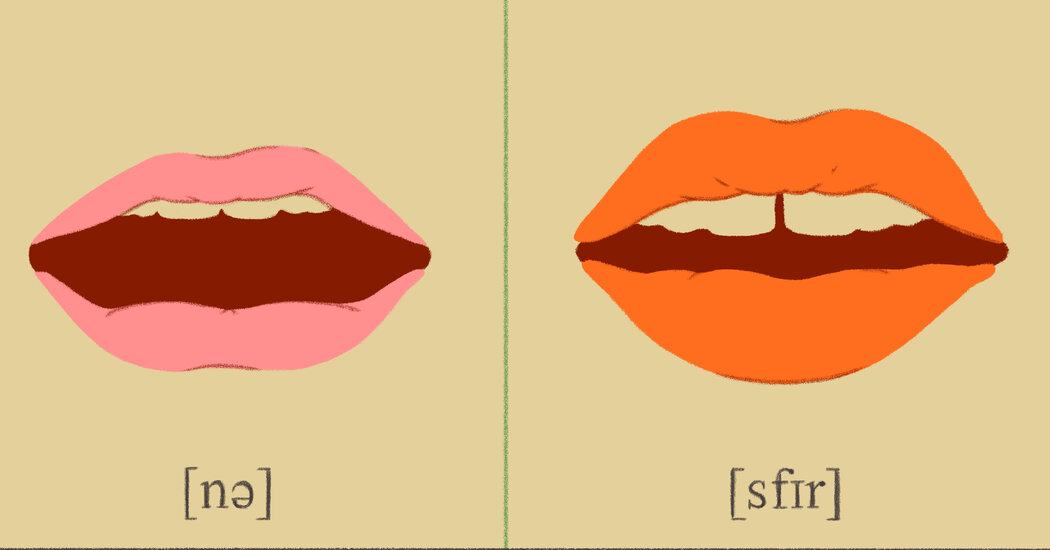In the early 2000s, a coronavirus infecting bats jumped into raccoon dogs and other wild mammals in southwestern China. Some of those animals were sold in markets, where the coronavirus jumped again, into humans. The result was the SARS pandemic, which spread to 33 countries and claimed 774 lives. A few months into it, scientists discovered the coronavirus in mammals known as palm civets sold in a market at the center of the outbreak.
In a study published on Wednesday, a team of researchers compared the evolutionary story of SARS with that of Covid 17 years later. The researchers analyzed the genomes of the two coronaviruses that caused the pandemics, along with 248 related coronaviruses in bats and other mammals.
Jonathan Pekar, an evolutionary virologist at the University of Edinburgh and an author of the new study, said that the histories of the two coronaviruses followed parallel paths. “In my mind, they are extraordinarily similar,” he said.
In both cases, Dr. Pekar and his colleagues argue, a coronavirus jumped from bats to wild mammals in southwestern China. In a short period of time, wildlife traders took the infected animals hundreds of miles to city markets, and the virus wreaked havoc in humans.
“When you sell wildlife in the heart of cities, you’re going to have a pandemic every so often,” said Michael Worobey, an evolutionary biologist at the University of Arizona and an author of the new study.
The study lands at a fraught political moment. Last month the White House created a web page called “Lab Leak: The True Origin of Covid 19,” asserting that the pandemic had been caused not by a market spillover but by an accident in a lab in Wuhan, China.




